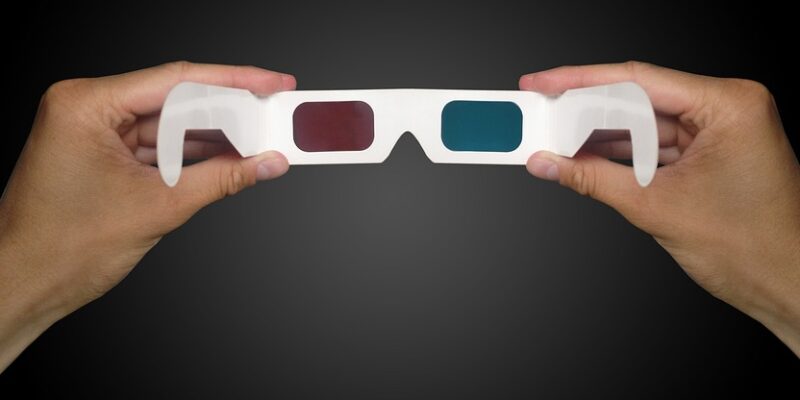Introduction
Poser is a popular 3D modeling and animation software that allows users to create realistic 3D characters, scenes, and animations. Whether you’re a beginner or a seasoned professional, Poser offers a wide range of tools and features to bring your ideas to life. In this article, we will guide you through the basics of using Poser, from installation to creating your first 3D scene.
Downloading and Installing Poser
Before you can start using Poser, you’ll need to download and install the software on your computer. Poser is available for both Windows and Mac operating systems, and you can purchase it from the official website or other online retailers. Once you have downloaded the installer, follow the on-screen instructions to install Poser on your computer.
System Requirements
Before installing Poser, make sure your computer meets the minimum system requirements. Poser requires a modern multi-core processor, at least 8GB of RAM, and a dedicated graphics card with OpenGL support. Additionally, make sure you have enough disk space for the software and any additional content you may want to add.
Getting to Know the Interface
Once you have installed Poser, open the software and you’ll be greeted with the main interface. The interface is divided into multiple panes, including the main view window, the tools palette, and the timeline. Take some time to familiarize yourself with the different panes and their functions. You can customize the interface to suit your workflow by rearranging or hiding panes as needed.
Customizing the Workspace
Poser allows you to customize the workspace by rearranging panes and adjusting their sizes. You can drag and drop panes to reposition them, resize them by clicking and dragging the edges, or hide them by clicking on the pane’s tab and selecting “Close Pane.” Experiment with different layouts to find one that works best for you.
Creating Your First Scene
Now that you’re familiar with the interface, it’s time to create your first 3D scene in Poser. To start, click on the “File” menu and select “New” to create a new document. Poser comes with a variety of pre-made models and props that you can use in your scene, or you can import your own models and textures.
Adding Models and Props
To add a model or prop to your scene, click on the “Library” tab in the tools palette and browse through the available content. Drag and drop the model or prop you want to use into the main view window. You can then manipulate the model’s position, rotation, and scale using the transform controls.
Animating Your Scene
Poser allows you to create animations by keyframing the movements of your 3D models. To animate a model, select it in the main view window and click on the “Animation” tab in the tools palette. Use the timeline to set keyframes for the model’s position, rotation, and scale at different points in time. Poser will interpolate the movements between keyframes to create a smooth animation.
Rendering Your Scene
Once you’re happy with your scene and animation, it’s time to render it into a still image or video. Click on the “Render” tab in the tools palette to access the rendering options. You can adjust settings such as resolution, quality, and lighting before rendering the final image or video. Poser offers a variety of rendering engines to choose from, so experiment with different settings to achieve the look you want.
Adding Materials and Textures
To enhance the realism of your 3D models, you can apply materials and textures to them. Poser comes with a variety of pre-made materials that you can apply to your models, or you can create your own custom materials using the material editor. Click on the “Materials” tab in the tools palette to access the material editor and apply materials to your models.
Customizing Materials
The material editor in Poser allows you to customize the properties of materials, such as color, texture, bump mapping, and transparency. You can also adjust the lighting properties of materials to control how they interact with the scene’s lighting. Experiment with different material settings to create realistic-looking surfaces for your 3D models.
Conclusion
Poser is a powerful 3D modeling and animation software that offers a wide range of tools and features for creating stunning 3D scenes and animations. Whether you’re a beginner or a seasoned professional, Poser provides a user-friendly interface and intuitive workflow to bring your ideas to life. By following this step-by-step guide, you’ll be well on your way to creating amazing 3D content with Poser. So what are you waiting for? Start exploring the possibilities of Poser and unleash your creativity in the world of 3D modeling and animation.
